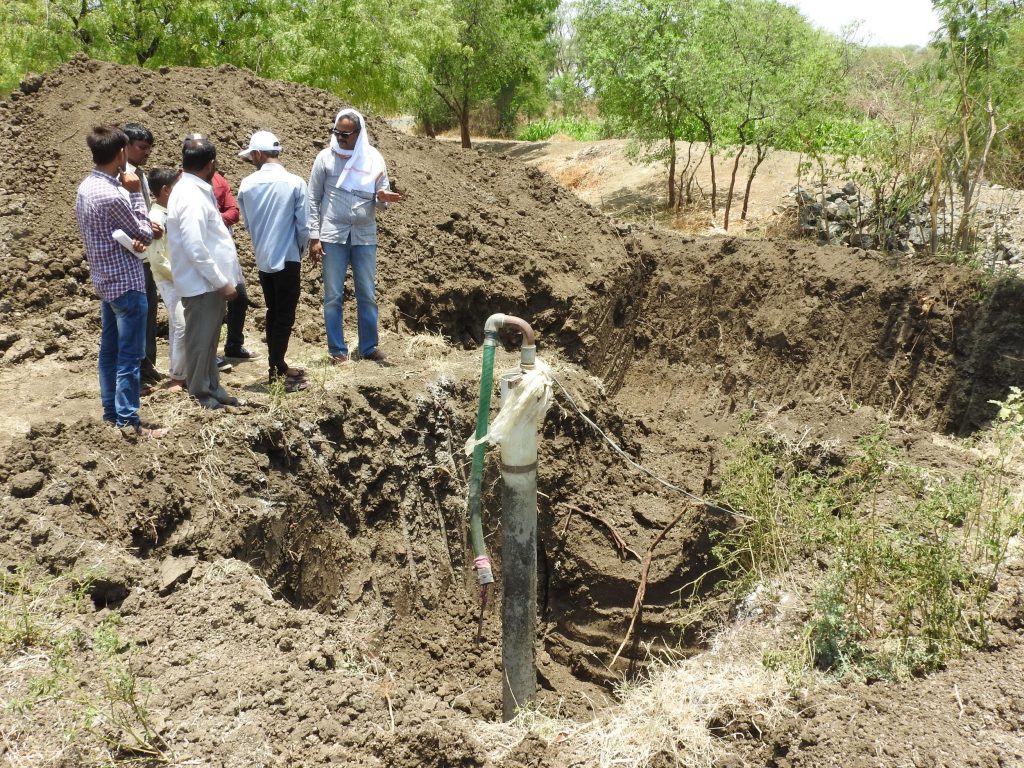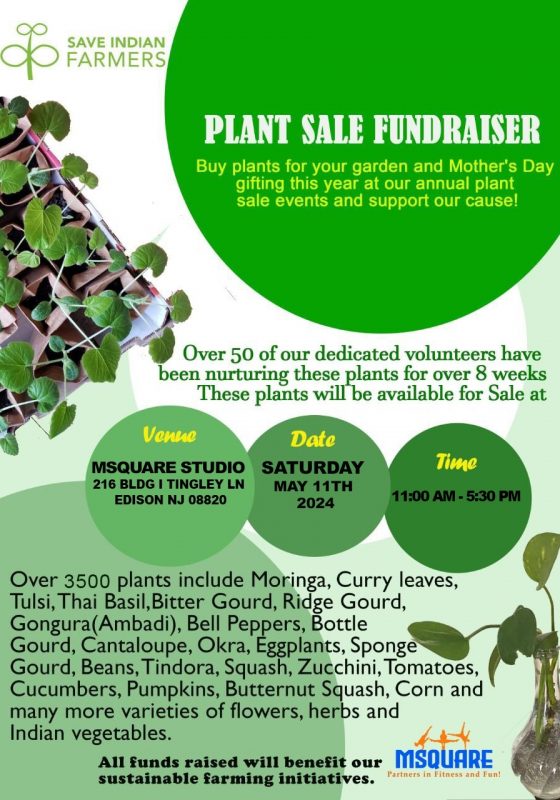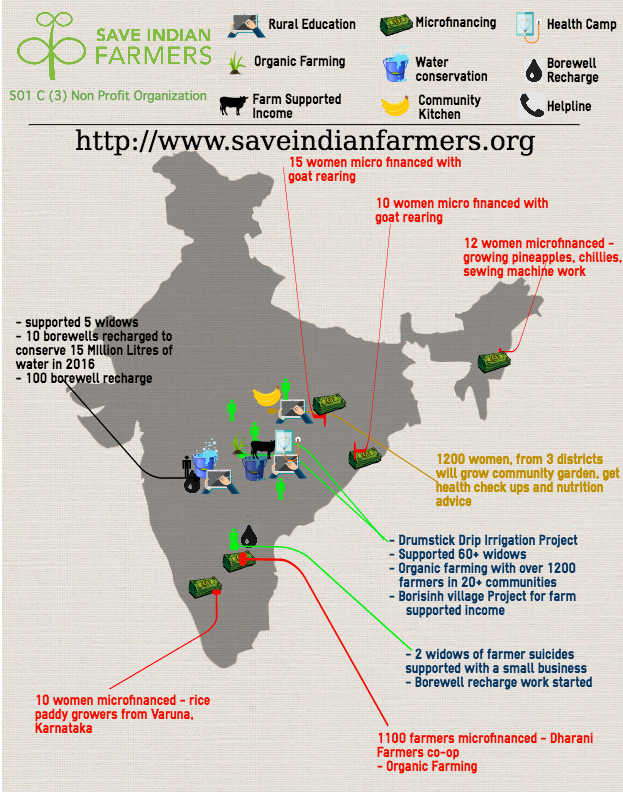Water – A Deeper Perspective
As the southwestern monsoon season begins in many areas of India, we invite you to take a closer look at the myriad ways we use water and what it means for the future.
Surging Demand
“The wars of the twenty-first century will be fought over water.”
~Ismail Serageldin
There has been an enormous increase in water use in the last few decades. Almost one-fifth of the world’s population live in areas of physical water scarcity (insufficient water for human needs and activity) and almost one quarter of the world’s population face economic water shortage (lack of infrastructure to withdraw and utilize water).
 Source: The United Nations World Water Development Report 2012 [1]
Source: The United Nations World Water Development Report 2012 [1]
Why It Matters
“We forget that the water cycle and the life cycle are one.”
~Jacques-Yves Cousteau
Agriculture plays a big role in this global demand for water, accounting for ~70% of freshwater withdrawals in the world (87% in India). As population and development continue to grow, food insecurity and inequality become important issues, especially for rural households with limited income. Desertification, land degradation and drought (DLDD) affect 400 million people in India, many of whom are poor, marginalized and politically weak citizens. All the work we do at Save Indian Farmers is to empower this segment of the population, specifically small and marginal farmers.
Your Contributions At Work
“The distinction between developing countries which have progressed over the last 30 years and those that have stagnated is not the ability to formulate perfect policies, but the ability to translate reasonable policies into actions on the ground.”
~ Lawrence Summers, former Chief Economist of the World Bank
We have been working with our on-the-ground partners on long-term water conservation efforts in multiple Indian states, relief measures for severe drought and pilot projects to demonstrate effective irrigation techniques. Here is a summary of these initiatives.
Borewell Recharge
Centralized water infrastructure in India does not adequately serve the irrigation needs of many farmers, due to either poor maintenance and servicing or insufficient accessibility. As a coping strategy, many households (including farmers) resorted to digging borewells, and the total number of mechanized wells and tubewells in India rose from less than 1 million in 1960 to 19 million in 2000. Groundwater extracted thus accounts for 50% of India’s irrigation needs and 80% of domestic drinking water supply [2]. There is a dire need to buttress water recharge projects that focus on replenishing the groundwater table at a reasonable rate.

Source: The United Nations World Water Development Report 2015
If borewells run dry, fields lie barren during non-monsoon months since farmers cannot irrigate their crops. They are then forced to work as day laborers in neighboring towns. There are over 10 million borewells in India and the sooner we start recharging them, the faster we will be able to raise the water level of aquifers. An efficient localized water recharge mechanism offers the farmer a long-term solution to his/her water problems.
Through Project Jal, we are working with SRDS , Parmarth and Manavlok to recharge borewells in Maharashtra, Andhra Pradesh, Telengana, Karnataka and Madhya Pradesh. Our recharge goal for 2017 is 250 borewells and we have completed 84 as of the end of June. An estimated 1.5 million liters of rainwater will be harvested as a result of each borewell recharge.
 Borewell recharge work underway in Ambejogai, Beed
Borewell recharge work underway in Ambejogai, Beed
Fighting Drought
The 13 districts of Bundelkhand feature in the Planning Commission of India’s 200 most backward districts list. Eighty percent people depend on agriculture and livestock rearing. A survey of 132 villages by Parmarth Samaj Sevi Sanstha points at widespread loss of crops due to drought. What is startling is that many farmers in these villages have not been able to take up sowing at all.
 Source: WaterAid India [3]Through our work with Parmarth, 38 kitchen gardens have been established in Bundelkhand and they provide 274 community members with a balanced diet, in addition to a small income from sale of produce. Also, 33 Self Help Groups have been formed with 378 members to encourage financial saving and monitoring in the villages.
Source: WaterAid India [3]Through our work with Parmarth, 38 kitchen gardens have been established in Bundelkhand and they provide 274 community members with a balanced diet, in addition to a small income from sale of produce. Also, 33 Self Help Groups have been formed with 378 members to encourage financial saving and monitoring in the villages.
 Village cleaning camp in Sonepura, Bundelkhand on International Labor Day (01-May-2017)
Village cleaning camp in Sonepura, Bundelkhand on International Labor Day (01-May-2017)
Drumstick Cultivation
Did you know that growing sugarcane needs 5 times more water than growing pigeon peas? 
From the Farm to Your Wardrobe Source: http://environment.nationalgeographic.com
With our Sticks to Grow project, we wanted to explore the challenges in growing drumstick trees as an alternative to the water-guzzling cotton crops in the area. With low water needs and high shelf life, drumstick lends itself quite well to drip irrigation and easy transportation to market. Using drip irrigation, 900 trees needed 300 liters of water every other day – this was a 85-90% reduction in water requirement from normal irrigation, which would have consumed 1000-1500 liters per day. After the initial yield was sold in Yavatmal, we are now reaching out to 100 farmers in the area to encourage them to cultivate drumsticks in addition to their primary crop.
Outreach & Education

Using our educational tablets set up for Project Udaan, we spread the word about The Satyamev Jayate Water Cup in the districts of Beed and Yavatmal in Maharashtra. This competition encourages villages to work on water management and land use practices that judiciously utilize the resources in the area.
Sustaining Life
In India’s national song ‘Vande Mataram’, the poet describes his land as ‘Sujalam, Suphalam, Malayaja Shitalam’ – a country ‘abundantly watered, prosperously fruited’. That is the hope and the dream that drives us at Save Indian Farmers to work for the wellbeing of those who work hard to cultivate our food. Like the water that sustains life, these farmers are the pillars of our sustenance and we have the privilege of serving their needs. We look forward to your continued support and contributions that make this mission possible.
You can donate online and join the conversation on Facebook or Twitter.

Warm regards,
Jitendra Karkera
President
Save Indian Farmers
Irrigation in the News
On Maharashtra’s 2017 Budget – http://indianexpress.com/article/india/maharashtra-budget-2017-agriculture-irrigation-get-boost-4575537/
On the Jalyukt Shivar Abhiyan (Irrigated Farmlands Programme) – http://www.indiaspend.com/cover-story/how-maharashtra-water-plan-fails-10-million-farmers-10883
Further Reading
[1] The United Nations World Water Development Report: http://www.unwater.org/publication_categories/world-water-development-report/
[2] India’s Water Economy: Bracing for a Turbulent Future, A World Bank Report: http://documents.worldbank.org/curated/en/731801468033688876/pdf/34750.pdf
[3] India’s groundwater usage as seen from NASA’s GRACE satellites: https://www.nasa.gov/topics/earth/features/india_water.html
[4] Drought and Drinking Water Crisis in Bundelkhand: http://www.wateraid.org/~/media/Publications/drought-drinking-water-crisis-bundelkand-india.pdf
[5] On the problematic uses and practices of farm ponds in Maharashtra: https://goo.gl/5ki8db
[6] One-stop source for data from United Nations and other international organizations: http://gvadata.ch
[7] Food and Agriculture Organization’s global water information system: http://www.fao.org/nr/water/aquastat/main/index.stm
[8] Typical water needs of crops grown in India: http://agropedia.iitk.ac.in/content/water-requirement-different-crops





